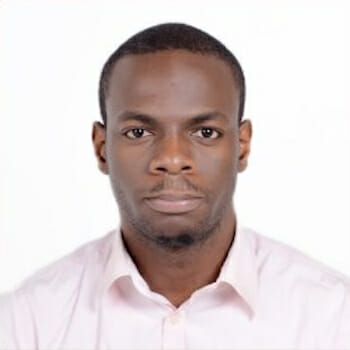
Rating Nigeria’s Economic Blueprint
Nigeria may not officially be in a recession, but it is definitely in the throes of an economic crisis. With poor GDP growth, high levels of unemployment and a record poverty rate, the country is faced with an unpleasant economic reality that translates into hardship for the lives of millions of Nigerians. Key to understanding how the country got into this situation is examining the 4-year Economic Recovery and Growth Plan (2017–2020), also known as ERGP. This policy set three broad objectives: restoring growth, investing in Nigerians, and building a globally competitive economy. On all three counts, it would be flattering to score the government above average, in terms of outcomes.
First, GDP growth has been extremely weak. In 2017, the first year of ERGP’s implementation, 2.19% GDP growth was targeted. In reality the economy only grew by 0.82% — even if it’s fair to add that it was recovering from the shocking -1.58% growth of 2016. These tepid growth figures have been followed by more encouraging, but still disappointing, numbers in the first and second quarters of 2018 (1.95% and 1.5% respectively). The ERGP set a GDP growth target of 4.8% for 2018. At the current rate, it will take nothing short of a miracle to achieve this. This poor economic performance has real world implications, as the economic development of a nation is tied to its economic growth. If Nigeria continues to record low growth figures like these, it will be unable to create enough economic opportunities for its teeming young population.
Measuring the government’s success in investing in Nigerians — the second ERGP broad objective— is less precise. Investing in Nigerians is defined in terms of job creation, youth empowerment, social inclusion and improved human capital. On the first note, the most recent data from the Nigerian Bureau of Statistics (NBS) show that an incredible 40% of Nigeria’s labour force were either underemployed or had no job. NBS’s definition of ‘unemployment’ is unique. It counts people working fewer than 20 hours per week as unemployed and those working 20 to 39 hours as underemployed. Furthermore, whether there is more social inclusion or whether human capital has improved is debatable. Recurring conflicts between farmers and herdsmen in certain sections of the country and the disruptions in schedule of public universities due to strikes are suggestive of government failings in these areas.
Thirdly, the ERGP promises a globally competitive economy. On this count, there is reason to be hopeful. Nigeria moved 24 places in the World Bank’s Doing Business Report of 2018, even though this only brings it up to 145 of the 190 countries ranked. This progress was largely due to reforms in the two states with the largest economies, namely, Lagos and Kano. According to the report, both states made business registration faster by allowing electronic stamping of registration documents. Besides improving the business environment, the ERGP expects to boost economic competitiveness through infrastructure and digital-led growth. While there has been significant investment in infrastructure, especially rails — Abuja light rail being the most notable— Nigerians must be alert to the outlay of these projects and the funding mechanism.
In June this year, Nigeria overtook India with the dubious honor of having the most number of people in extreme poverty in the world. This by itself is a signal that the government may be failing in its economic agenda. With the 2019 elections coming, politicians are likely to become too focused on votes to pay attention to policy implementation. One can only hope that the economic team will pick up the slack in the last few months of 2018 to bring the nation back to a full recovery.
